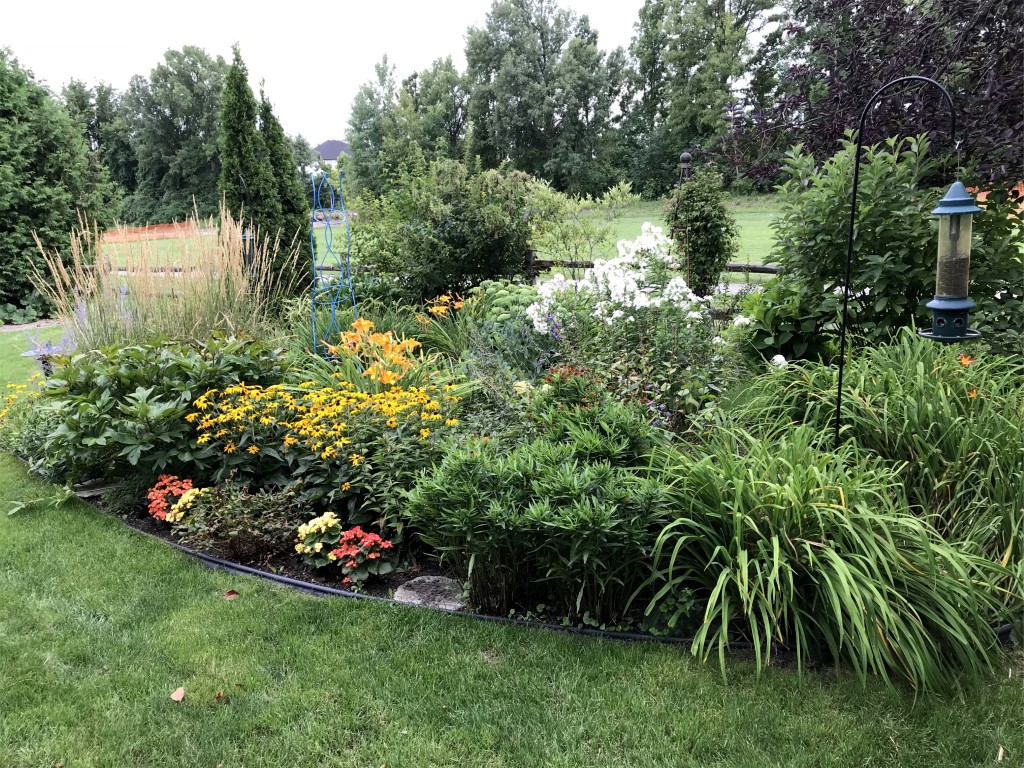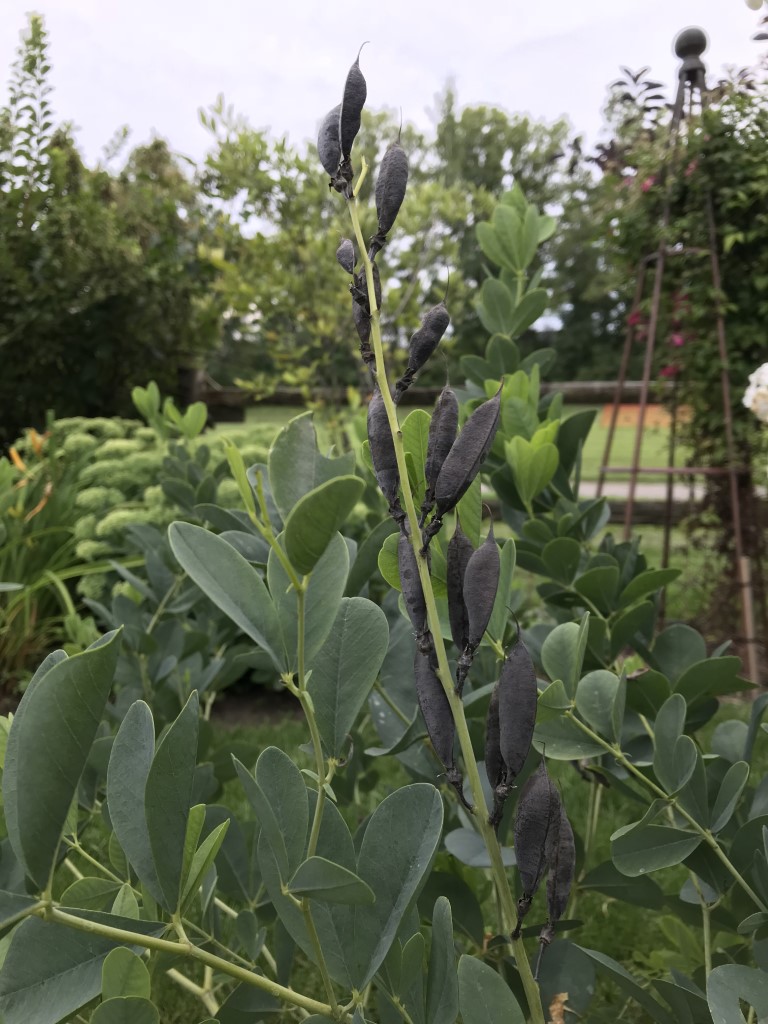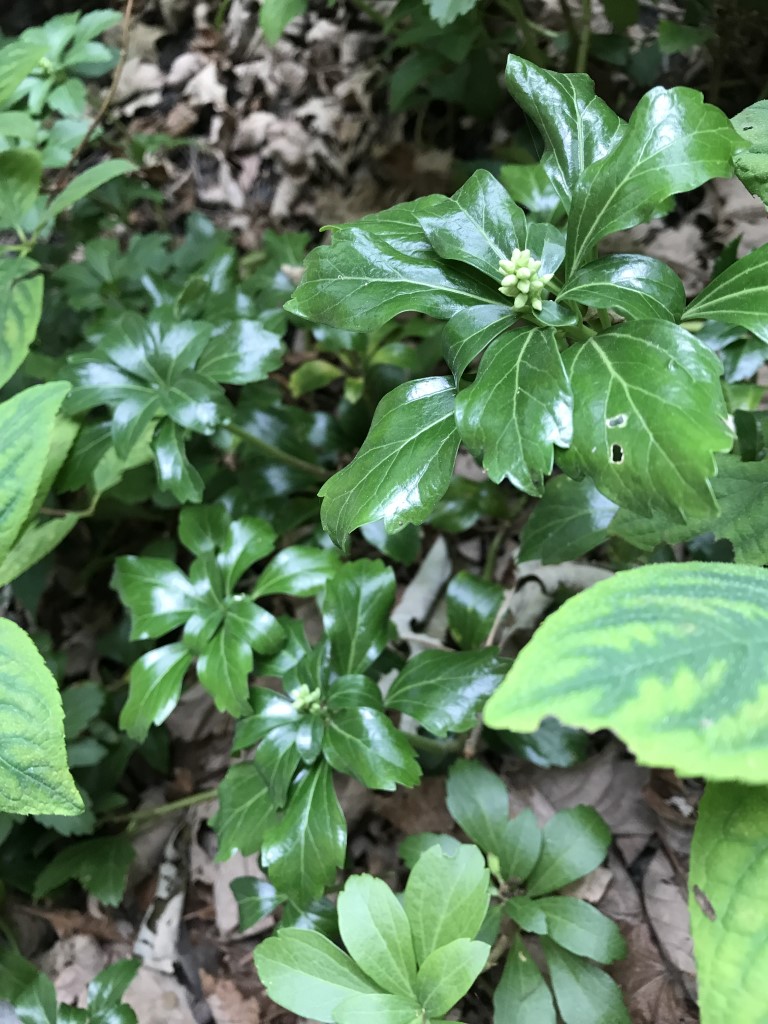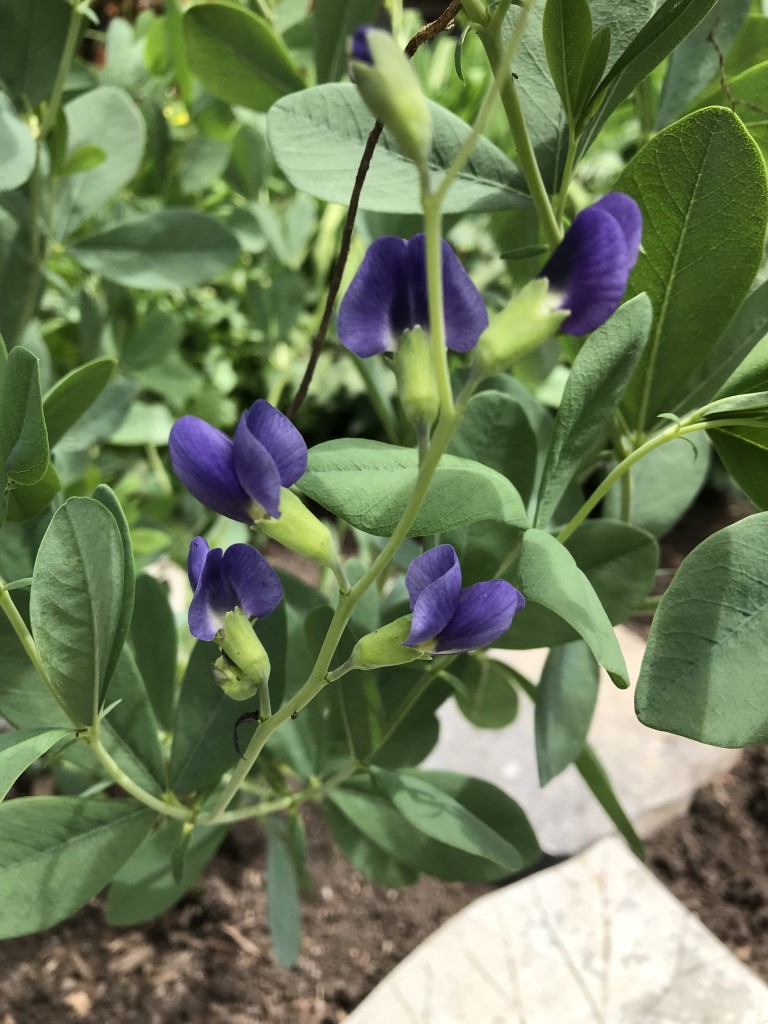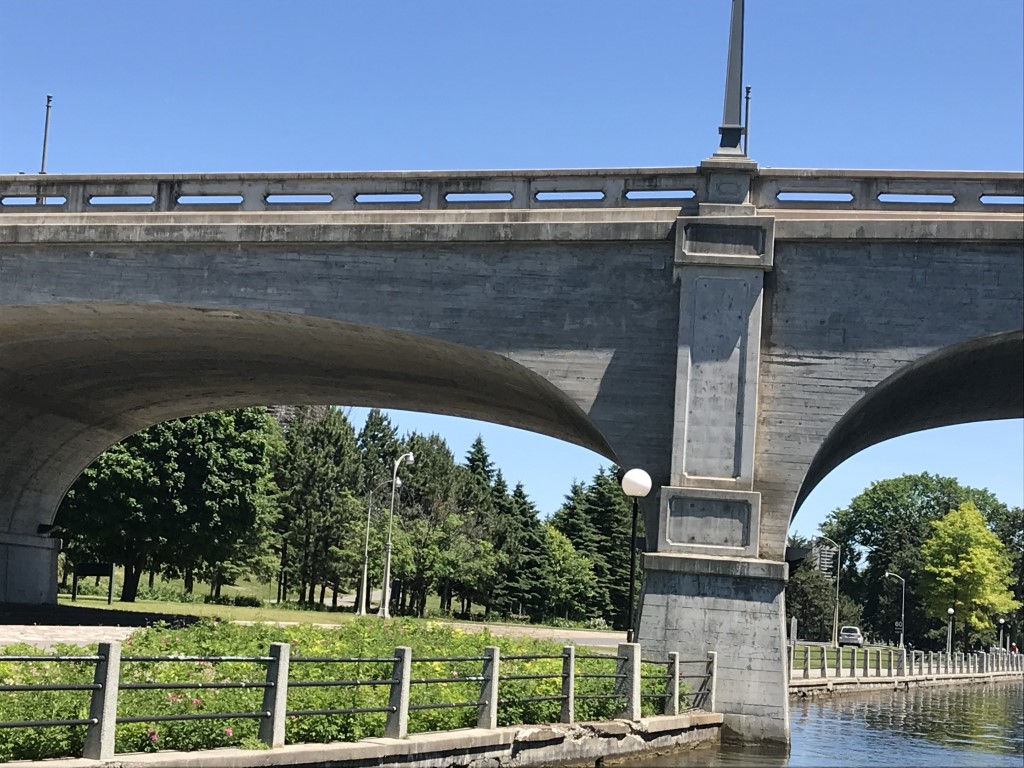A SPECIAL CHRISTMAS GIFT
I don’t think that Christmas mornings have ever been more magical than the ones created by my grandparents, Stephen and Mary Granger. They started a tradition for my mother and her brother, Bob, that few parents would ever take on. Here’s the Granger Christmas Story as my Uncle Bob told it to the Knights of Columbus General Meeting in December 2015.
“Do you have a special Christmas that you remember? Mine happened over 70 years ago, but it is one that I will never forget.
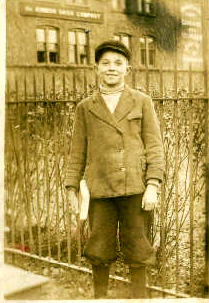
My father, Stephen Granger, had arrived in the USA from Hungary in 1905 at the age of eight. He spoke no English and his family was very poor. His father worked in a factory in Buffalo as a labourer, supporting a family that also included my Uncle Joseph and my Aunt Julia, a child with special needs. Keeping food on the table and paying the rent left very little to buy Christmas gifts. My father told me that as a child, in a “good” year, he would receive an orange and a nickel for Christmas. Most years there wasn’t enough money, so he would receive either an orange or a nickel… and sometimes nothing.
My parents therefore made Christmas for my sister Mary-Jane and me something very special. When we went to bed Christmas Eve, there was no tree, no gifts, and no decorations. Nothing except the stockings we’d hung on the fireplace, hoping that Santa would be good to us.
Early Christmas mornings, my sister and I would tumble out of our beds and race past our stockings, now brimming with chocolates, oranges and small gifts, towards what was then called the “sun room” – a bright room with windows across the entire long wall that fronted the house. Magical, multi-coloured lights glowed and here we would find an abundance of wrapped gifts under a beautifully decorated and real Christmas tree.
Our mother and father had stayed up all night, making another Christmas magical for us!

This particular Christmas, however, was mesmerizing! Circling the tree was a Lionel Train, pulled by Lionel’s top model 2020 Engine, puffing smoke as it went around the double-tracked layout. There was a coal tender and a box car – from which tiny boxes could be unloaded at the push of a button. A lumber car tipped small wooded logs into a bin at the side of the track, and there was a tanker car and a red caboose! Plus, a crossing guard would exit a little shack and swing a lighted red lantern, each time the train passed by and with another press of a button, the engine’s whistle would sound.

Over the years, the same routine would take place, and in addition to other gifts we received, my dad would add another train item to the collection. These included an operating cattle car from which cows would exit and enter to and from a loading platform, an automatic crossing gate that went up and down as the train approached and departed.


I don’t know who had more fun running the trains, my dad or me! I remember waiting impatiently as he would go over the complete operating procedure with me, explaining how each piece worked and how it was to be properly run. I think he was making up for the Christmases he missed as a boy. My dad built and painted a beautiful 4-foot by 12-foot table in the basement, which contained a train station, painted miniature people, trucks, autos, a gas station, stop signs, telephone poles, miniature trees and three interior lighted passenger cars which were stopped in front of the station. The train set and table remains in the family today, with my son Ron.
As I grew older, I realized that these gifts and subsequent memories pale next to the real meaning of Christmas: love, joy and peace.
A blessed and merry Christmas to all!”
And to you, Uncle Bob. Thank you for this and all of your Granger stories!
As we wrap up 2018, I want to thank everyone who follows this blog! May your holiday season be joyful, and filled with love and peace.



